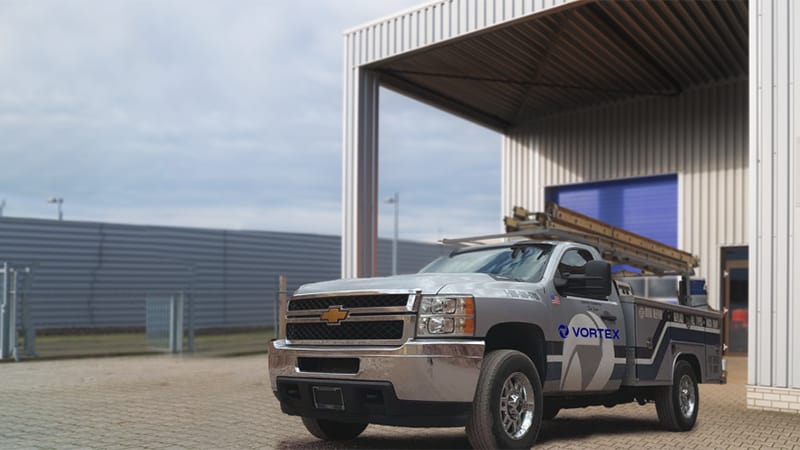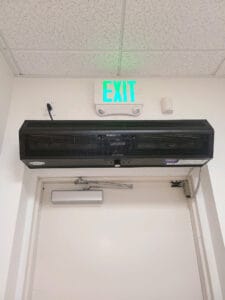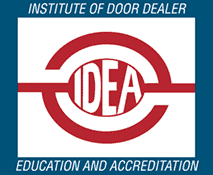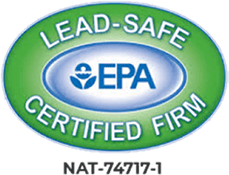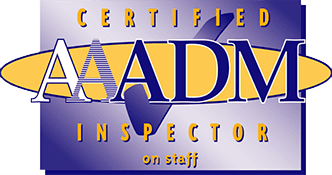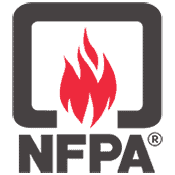How to Create a Proactive Maintenance Plan for Your Doors
 As entryways into your business, doors serve an important, though often unregarded, function. The last thing you need is for them to fail without warning. It could upset your business, delay orders, jeopardize safety and security, and cost money to repair.
As entryways into your business, doors serve an important, though often unregarded, function. The last thing you need is for them to fail without warning. It could upset your business, delay orders, jeopardize safety and security, and cost money to repair.
Fortunately, there’s no reason your doors should fail in the first place. Almost every problem that can occur can be prevented with a proactive maintenance plan. It not only helps you avoid problems; it also reduces the lifetime costs of ownership and operation.
Start By Selecting a Point Man
Make sure your doors receive the attention they need by putting one person in charge of inspection and repairs, whether it’s a technician, handyman, janitor or project leader.
Create a Checklist
Maintaining doors is simple, but a checklist ensures nothing gets overlooked. Write down all areas of concern and the proper maintenance procedures for each.
- Hinges. Hinges have to be cleaned and oiled every 6-12 months, more if they’re exposed to the elements, to prevent them from becoming clogged by dirt, dust, and sand. Wipe down the hinge with soap and water. Then apply a light coat of penetrating oil, like WD-40.
- Locks. Like hinges, door locks need to be cleaned and lubricated every 6-12 months. As before, the biggest danger is a buildup of dirt, dust, or sand inside the mechanism which either causes the tumblers to stick, prevents the lock from turning, or blocks the key entirely. Begin by wiping down the lock with soap and water. Then squirt some oil inside and slowly insert and remove the key several times. This should be enough to clear out the interior of the lock. If your locking system has rods that lock into the floor, be sure to clean out the locking holes of debris to ensure the locks are fully secure
- Loose Plates & Latches. It’s common for latches, deadbolts, strike plates, hinge plates, and even door knobs to become loose with heavy use. They should be inspected every few months and tightened, if necessary. A loose plate can cause the door to sag or prevent the latch from sitting properly when it’s closed.
- Panic Bars. Panic bars exist to ensure people’s safety, so in an emergency, they can get out quickly. They need to be checked every month. First, clean the mechanism with soap and water. Make sure the bar opens and closes smoothly. If it doesn’t, that indicates there might be some dirt and debris inside. It will have to be cleaned out and lubricated. If you cannot do it on your own, consult the manual or the installer. Finally, make sure the strike plates are securely fastened.
Stock the Right Supplies
Make sure your point man has the supplies he needs on hand. Do a quick inventory and order anything that’s missing. Stock up on rags, soap, lubricant, bucket, screwdrivers, and extra screws.
Automatic Doors
Automatic doors should only be inspected at least once a year by a AAADM Certified technician. This includes the sensors, guide rails, belts, gears, friction systems, and electric panel. However, while your staff might not be qualified to perform maintenance on these parts, there are things you can do to ensure your doors continue to function well.
- Keep the Surrounding Area Clean. A buildup of dirt and debris at the base of the door can jam the tracks or even derail it.
- Check the Panels for Damage. Even small cracks and dents can lead to major problems over time. Have them addressed as soon as possible.
- Be Sure Sensors are Not Obstructed. Any products and displays in the way of the sensors will keep them from functioning safely and properly.

